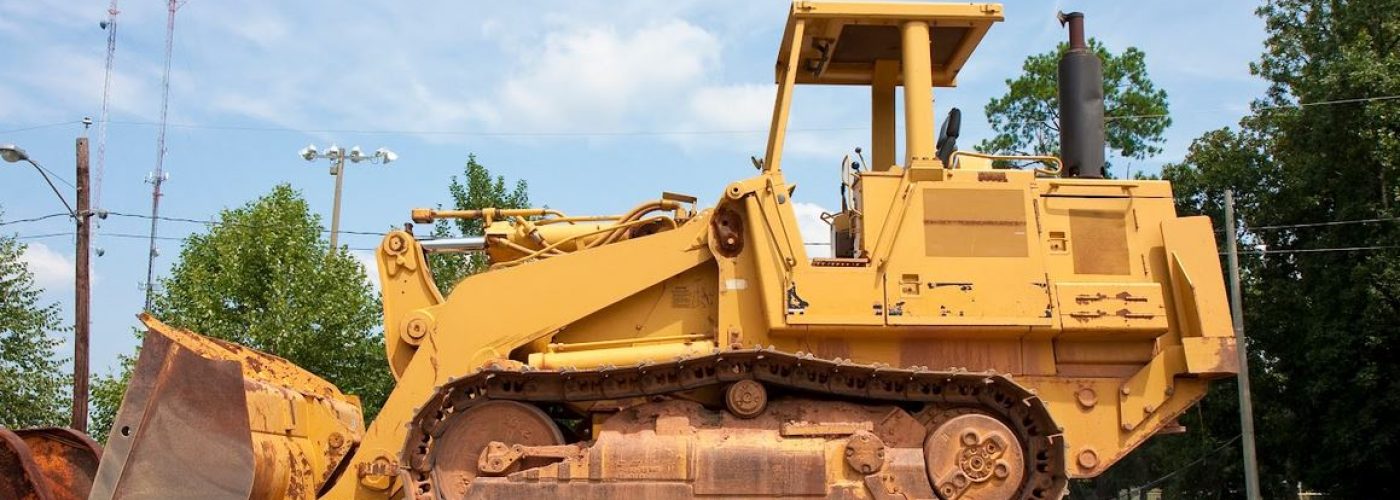You may have a construction project in another state or have sold construction equipment to a customer far from you. Regardless of your situation, you need to know how to transport these pieces of equipment properly so they may get to their respective destinations in one piece.
The safe transportation of construction equipment is a serious business. When handling some of the most gigantic and heaviest pieces of machinery built by humankind, thorough planning and a set of protocols is a must for an accident-free hauling.
This article shares basic guidelines on how to move your construction equipment safely to another state. Read on to know them.
- Perform A Risk Assessment
In terms of heavy equipment liability, construction businesses have the responsibility to pay a great deal of attention to the details of transporting their construction equipment. A documented risk assessment shows proactive compliance and allows you to prove how comprehensive your fleet management processes are.
So, make sure to create one for your construction equipment transfer preparation. A supervisor or a senior manager can be in charge of this protocol. It should contain the complete transportation timeline and operation, weight loads, relevant risks, and what can be done to address such risks.
- Choose The Right Trailer
The next thing you need to do is choose the right type of trailer for your construction equipment for safe and stress-free transport.
The most common trailers used for heavy hauling include:
- Lowboy Trailer
As its name implies, this type of trailer is close to the ground. It makes it easy to transport tall and large equipment such as cranes.
- Flatbed Trailers
Flatbed trucks are one of the most common trailers used to haul large equipment since they can easily handle heavy loads. These are open trailers attached to larger trucks and have a level service that makes loading and unloading easier.
- Step-Deck Trailers
Step-deck trailer is similar to a flatbed but with two levels— a top and a bottom deck. Step decks can hold heavy and tall equipment such as bulldozers that may not fit in a standard flatbed trailer.
- Gooseneck Trailers
This trailer is available in various designs, such as removable, fixed, mechanical, or hydraulic types. Regardless of the structure design, the trailer works by letting you attach it to the hauling.
- Plan Your Route And Choose Experienced Drivers
Planning your route can help minimize safety risks and problems during transport. You need to consider road widths, bridges, and other road structures, particularly in rural areas, and ensure that your heavy cargo can safely pass through.
Also, you want to avoid the busy roads that tend to have heavy traffic and roads under construction. Also, check for overall traffic and weather reports to identify any potential issues that might affect your transport.
In general, the least amount of bridges, turns, stops, and rough terrain to be encountered by the driver, the better.
Speaking of drivers, transporting heavy machinery is a difficult job. You want someone behind the wheel experienced in transporting heavy construction equipment and who knows how to load and unload it safely.
- Prep Machines For Transport
Before loading your equipment into a trailer, you need to take the time to prep it for transportation. Here are some things to consider:
- Immobilize the wheel components of the machine. You need to apply the parking brake and use chocks or wedges against the wheels to secure them in place and prevent them from rolling on deck.
- Remove or secure loose parts such as doors to prevent them from opening and flapping around during transport.
- Cover vulnerable areas that you don’t want to be exposed to the elements. Also, it’s crucial to cover vulnerable extruding parts or attachments such as gear shifts, knobs, and mirrors to protect from protruding objects along the road.
- Empty all fluids, including fuel and other liquid hazards. It helps reduce the risk of leaks that can damage the machine and pose a fire hazard.
- Disconnect its batteries and alarm system since this can accidentally set off during transport.
- Use The Right Securing Devices
In securing your heavy construction equipment to a trailer, there’s no such thing as ‘too much.’ You want to use a suitable securing device, and you’ll need enough of these.
Transporting heavy machines requires using at least four tie-downs or more, depending on the size of your equipment. Make sure to attach your tie-downs using clamps or hooks which can’t come loose during transport.
When strapping down heavy construction equipment, you can also use chains and steel strapping if needed. In addition to strapping and chains, bracing and blocking can also help secure heavy equipment. You can use edge protection if there’s a risk of the machinery component cutting the tie-downs.
Meanwhile, construction machinery with metal tracks such as excavators tends to have low friction when placed on a hauler. In this case, you can use friction mats and other friction devices to prevent it from sliding.
Take Away
The shipment of heavy construction equipment requires careful planning. One minor oversight and things can instantly become a nightmare, jeopardizing your workers’ and the equipment’s safety. So, ensure to follow the above guidelines for safely hauling your construction equipment to your next project or customer.






